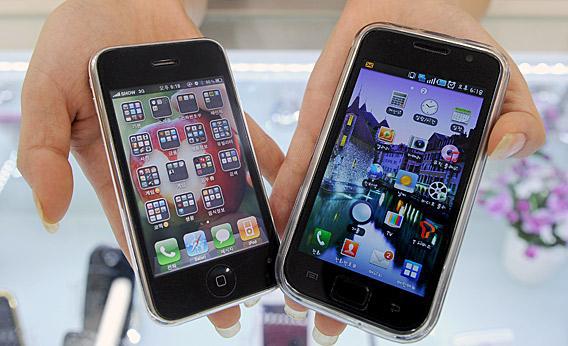The recent wave of attention to patent litigation has focused on struggles between technology giants, like Apple and Google, but the problems with our patent system, which are profound, are not limited to software patents. The problem must be clarified before feasible solutions can be formulated.
The idea behind patent law is to encourage inventions by giving the inventor a period of years (normally 20) in which he has the exclusive right to use (and to sell) the invention. This prevents free riding by a competitor who would, by copying the invention, avoid the cost of inventing.
But as patents have evolved in the U.S. legal system, they are not an ideal solution to the problem; instead they are part of the problem. Although they are supposed to be limited to inventions that are novel, useful, and non-obvious, they are granted rather promiscuously by the Patent and Trademark Office. And while they can be challenged in court, jurors tend to be biased in favor of patent holders. That is one reason that even a patent granted for a minor invention of little value can be a potent competitive weapon. Patent “trolls,” as they are called, purchase large numbers of patents in the hope of using the threat of a patent-infringement suit to extort a patent-license fee from a company that makes a similar product; the product may or may not infringe, which is often very difficult to determine, but the alleged infringer may decide to pay the licensee fee, if it is not too large, to avoid the cost of litigation.
In most industries, moreover, patent protection, or at least the 20 years of protection that the law generally provides, is not necessary to provide adequate incentives to invent useful new products and processes. Often invention is cheap. And to be first in the market with a new product often confers a big competitive advantage—consumers identify the product with the inventor’s brand and develop a preference for it over latecomers, and a head start enables a company to move down its learning curve (that is, learn, through doing, how to minimize its costs of production and distribution) faster than any competitor. Also, many products have a short life in the marketplace; in the time it takes to copy them, the market will have moved on.
Some products, moreover, are difficult to copy. And companies often have the alternative of trade secrecy—keeping the essential features of the invention secret, so that, even though it’s not patented, it can’t be copied. The disadvantage of that alternative, from an overall social standpoint, is that other inventors can’t learn from a trade secret. Patents, by contrast, are published, and the information in a patent often can enable competitors to invent around the patented invention without infringing.
Patent protection becomes more important for creating adequate incentives for invention as the ratio of the cost of invention to the cost of copying increases. When it is very cheap to copy a product that was very costly to invent (pharmaceutical drugs are the principal example, because of the enormous cost of the testing required for approval to sell a new drug), the copiers will be able to charge a price that covers their costs (with an attractive profit) but that is nevertheless so low that the inventor can’t recoup the costs of his invention in the price that the market allows him to charge.
Few industries, however, are characterized by a high ratio of cost of invention to cost of copying. And so, our patent system might greatly improve if the length of patent protection varied from industry (or industrial sector) to industry, ranging from no protection at all to 20 years of protection, or even more, for pharmaceutical drugs.
One of the great costs of the existing system is that it induces a good deal of defensive patenting. A company that does not regard a patent as important to its business may nevertheless apply for one on any invention it makes, for fear that someone already has a patent (as it will discover during the application process) or will get one and sue for infringement.
Incremental improvements are possible in our system. We could make the granting of a patent contingent on producing the product or process that incorporated the invention, within a specified time. This would reduce the troll problem, by clearing out patents that are obtained to extort license fees rather than to produce products or processes.
Another improvement—this one in process—is to ask for volunteers among federal district judges to take on more than their share of the patent cases filed in their districts. The hope is that judges with an interest in technology would volunteer and would bring or acquire specialized knowledge, making them superior arbiters of the disputes in this field. It’s important that the volunteers (who are likely to be newish, young judges) receive training in the conduct of patent cases, and I believe that as yet the training offered is very brief.
Presiding as a trial judge over a patent case is very difficult, especially if it’s a jury trial. To make a patent case intelligible to a jury requires a big investment of time and effort by the judge, to make sure he or she understands the relevant technology and, what is more difficult, to make sure that the jurors understand it. That means drafting jury instructions that eschew both the jargon of patent law and technical jargon. It also often means that the judge should appoint neutral expert witnesses to provide jurors with an unbiased source of insight into the particular invention at issue. Judges have this authority but rarely use it.
The changes I’m suggesting are not panaceas, but they can help to eliminate bias, to educate jurors, and to make patent protection less costly, disruptive, and anticompetitive.
